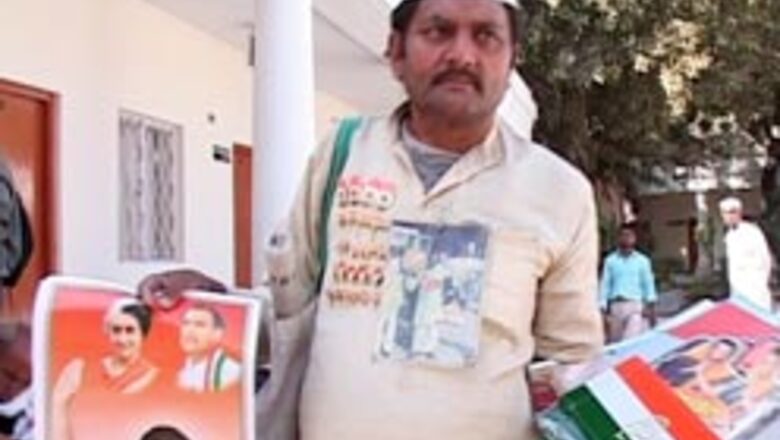
views
For the Congress, the message of the Uttar Pradesh verdict depends on the time horizon. There are three different messages for these three different kinds of Congresswallahs: those who belong to the batch of 2007, to the batch of 2009 and to the batch of 2014.
The batch of 2007 comprises those hopefuls who were waiting for a miraculous resurgence of the Congress in this election. No matter what they say now for public consumption, these are the Congressmen who had talked about 50-70 seats, if not more, in the hope that the Rahul magic would work.
For this batch, the mes sage is quite clear: the alleged magic did not work. The idea that a 30-something political freshman will come and his sheer presence will mesmerise the largest electorate in this country, cutting through all the existing social equations and political arithmetic, was a mix of excessive optimism and contempt for the people. It is a sign of the health of democracy that everyone, including the Gandhi family, has to go through the routines of democratic politics to earn a political living.
You don't have to look for subtle statistics here:
> The party won 22 seats, similar to its tally in the 1991 assembly elections, but in terms of votes polled, this is the worst performance for the Congress. It could have been worse, but for a face-saving performance in the Amethi Rai Bareli belt
> Not only did the party's tally decline, it could retain only 7 of the 25 seats it won last time
> This is the third assembly election that the party has less than one-tenth of the seats in the assembly and a single-digit vote share.
For this batch of Congresswallahs too, the message is not very encouraging. If you looked at just the statistics, there is nothing to distinguish the Congress's performance this time from what it has done in the past:
> The party's overall vote share has, in fact, fallen a little since the last assembly elections, from 8.9 to 8.6 per cent
> The party could retain only 66 per cent of the voters who preferred it last time, a sign that it does not have the safe foundation of a core vote
> The social profile of the Congress vote in UP is almost the opposite of its profile in places in the rest of the country where it has a robust presence. The Congress gets more votes from the urban, educated, well-off and male voters than from the opposite end. The Congress's rivals are firmly in control of different slices of what used to be the Congress rainbow: dalits and the poor with the BSP, upper castes mostly with the BJP and the Muslims mainly with the SP
> Rahul Gandhi's popularity rating registered only a slight increase of two points, from 5 to 7 per cent, as a result of his campaign. His popularity is still not higher than the party and he is not yet a ‘vote puller' for the Congress
> The party was unable to convert a general goodwill for its central government - as many as 53 per cent of the citizens were satisfied with the UPA government in our pre-poll survey - into votes in the assembly elections.
If this election has any positive signs, it is only for the Congresswallahs of the batch of 2014 - those who have set their sights on the very long run. Here are some signs they can build upon:
> In a first-past-the-post system, the third or the fourth player tends to be eliminated from the race. That the Congress has retained its vote share - unlike the BJP and Apna Dal when the opposition to the SP was focused around the BSP gives it something to start with
> Pre-poll surveys indicated that the Congress was either a first or second choice for about a quarter of the vot ers in UP. It could not encash its sec ond preferences this time, but it does have a large pool of potential support
> Recent surveys in the state in the last two years have shown that the proportion of the electorate willing to vote for the Congress in a Lok Sabha election is twice as much as the one willing to vote for it in the as sembly election
> The Congress has held a better vote share among the Muslims than earlier and Rahul Gandhi's popular ity increased significantly among the Muslim youth. This could be crucial in 2009 when the SP's Muslim vote may be available for poaching. Simi larly, the Congress's upper-caste vote bank is big enough to start tar geting the BJP's vote bank in the next Lok Sabha elections.
The problem for the Congress is not that it does not have a cap tive caste vote bank; this, in fact, could be an asset for future expan sion. The real trouble is that there is no path to the party's revival that does not involve the kind of hard work that Mayawati had put in in the last two years. And that is something the Congresswallahs of Uttar Pradesh are not used to.

















Comments
0 comment